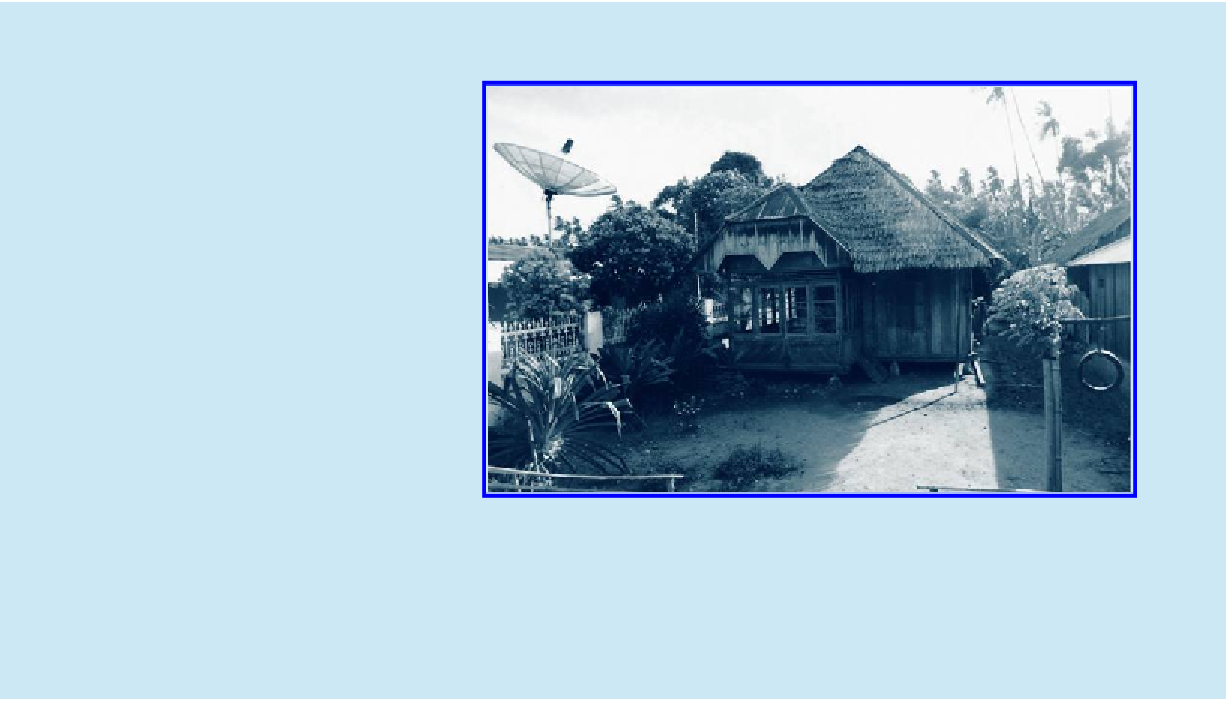Environmental Engineering Reference
In-Depth Information
8.3 ENVIRONMENTAL SCOPING
Environmental scoping, also referred to as rapid environmental and social appraisal or
briel y, rapid assessment, is the process of determining the context and extent of matters
which should be covered in the environmental assessment. While scoping is not always a
mandatory requirement, it is important. The outcome of the scoping process dei nes the
'scope' of environmental information to be prepared for the environmental impact assess-
ment study, and outlines the extent and detail of baseline surveys to be undertaken to
compile that information. Since scoping is designed to provide a concise but brief picture
of the environment as well as an initial understanding of expected interactions between
mine and environment it must fuli l two apparently contradictory requirements: it must
be comprehensive and complete, but, as the alternative name rapid assessment suggests,
scoping is conducted within a short time frame and often with limited resources. As such
environmental scoping requires considerable expertise.
Environmental scoping requires
considerable expertise.
Environmental Scoping Guidance
While there is no single universally accepted methodology for scoping, there is a general
understanding about the various approaches that can be used, required expertise, impor-
tance of planning, inputs, need for secondary data collection, benei ts of a site visit, and
content of the scoping report.
CASE 8.2
Satellite Dishes as Indicators
of Disposable Income
A village close to a gold mining project in Indonesia, was
studied as part of the environmental assessment process
and subsequently monitored throughout the life of the
operation. Most of the indicators used to assess economic
impacts were statistics obtained from village records and
national census data. However, the mine staff selected some
additional indicators which were easily measured. One of
these was the number of satellite dishes installed on village
houses. This provided an indication of increased disposable
income and its distribution throughout the village.
The results over a period of seven years are
summarized below:
Number of
Number of Satellite
Dwellings
Dishes
Preconstruction
311
4
The survey involved in producing this indicator was par-
ticularly simple and involved only 30 minutes of observations.
Further information on the distribution of satellite dishes
indicated that these installations were distributed throughout
the village. In many cases it was clear that neighbours had
cooperated through joint ownership of a satellite dish.
Unfortunately, there was no control village that would
have provided a comparison of the normal (non-project
related) growth in satellite dish ownership over the same
period. Similarly simple to monitor indicators include home
extensions and motor vehicles.
End of Construction
325
11
After 2 Years of
Operations
340
69
After 5 Years of
Operations
342
95








Search WWH ::

Custom Search